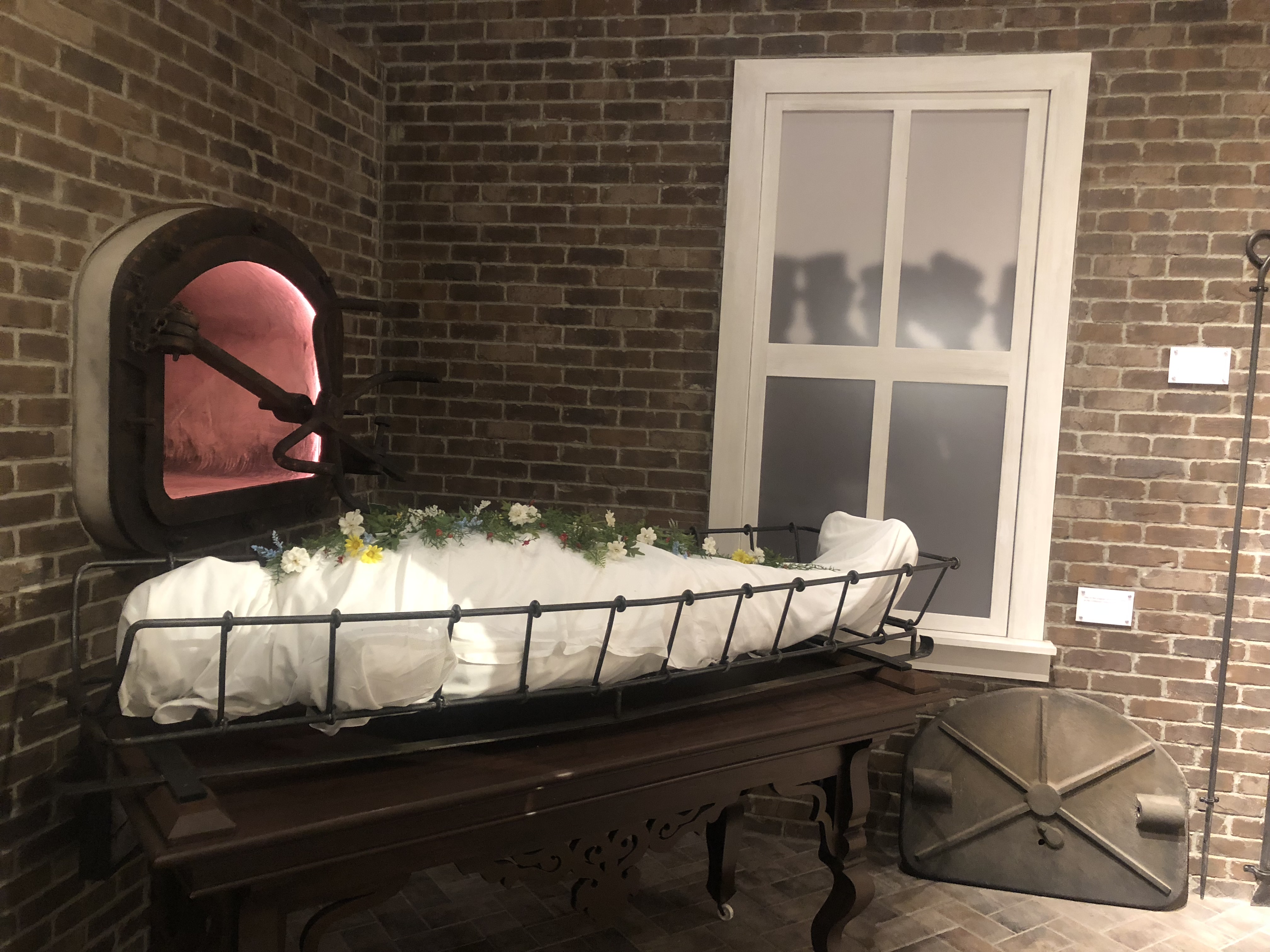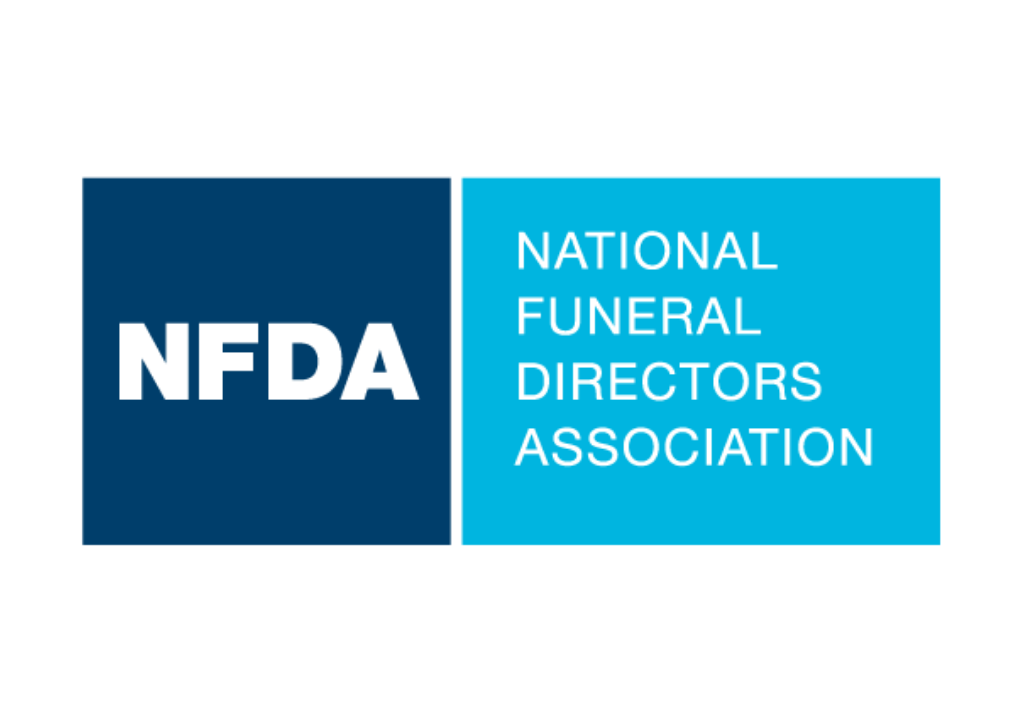National Museum of Funeral History presents The History of Cremation Exhibit
HOUSTON –The National Museum of Funeral History is proud to present The History of Cremation Exhibit, a new exhibit that opens Sept. 17, 2018 at 10 a.m.
The History of Cremation Exhibit is a joint project of the NMFH and the Cremation Association of North America (CANA). The exhibit is a first-of-its kind undertaking—telling a visual story of cremation in America.
Cremation in the United States is surging. In 2016, cremation reached a major milestone when it eclipsed burial as the most popular death care option—and its popularity shows no signs of slowing.
Consumers don’t realize the possibilities for memorialization. They don’t know the process. And they don’t understand cremation’s history.
Once visitors experience the transition from 1876 to today, they will find themselves standing before a modern cremation chamber. In the opening where the body is placed within the chamber, a video screen will detail the cremation process from start to finish. This is where they will learn the science of cremation.
NMFH President Genevieve Keeney says, “Not only was the exhibit driven by the obvious increase in cremation, but I also walk the museum floor and listen to my visitors. It gives me insight on what’s needed. A lot of the comments were about the lack of information on cremation.”
Keeney said the exhibit has been three years in the making, requiring the right mix of people and leadership, namely Barbara Kemmis the Executive Director of the Cremation Association of North America (CANA) and Jason Engler, the CANA Historian.
The timing is so right for this exhibit. In 1960, only 3.6 percent of Americans chose cremation. In 2016, 50.1 percent did.
How did cremation make such a giant leap forward in American society? The answer, says Barbara Kemmis, is that American consumers’ preferences and traditions have changed.
For the first time, an exhibit will tell the full-circle story of cremation in America: from chronicling its birth in Pennsylvania in 1876 to demonstrating a step-by-step modern cremation process to illuminating the seemingly endless possibilities for memorialization including the creation of a diamond from cremated remains.
A driving force behind the History of Cremation Exhibit is Jason Engler, CANA’s official historian. Engler donated approximately 90 percent of his personal collection of historical cremation items to the exhibit.
“I have studied cremation’s history since I was 12 years old,” says Engler, who is also a funeral director. “I’ve collected artifacts, historical booklets from crematories, antique urns.”
Joining CANA put Engler in the position of sharing his historical knowledge and memorabilia on a larger stage. That’s how the The History of Cremation Exhibit originated.
For more information, go to https://nmfh.org/exhibits/permanent-exhibits/
About the National Museum of Funeral History
The National Museum of Funeral History houses the country’s largest collection of funeral service artifacts and features renowned exhibits on one of man’s oldest cultural customs. Visitors can discover the mourning rituals of ancient civilizations, see up-close the authentic items used in the funerals of U.S. presidents and popes and explore the rich heritage of the industry that cares for the dead. www.nmfh.org
The museum is located at 415 Barren Springs Dr., Houston, Texas 77090 and is open Monday – Friday from 10 a.m. – 4 p.m., Saturday from 10 a.m. – 5 p.m. and Sunday from 12– 5 p.m. Admission is $10 for adults, $9 for seniors and veterans; $7 for children 6 – 11 years old; and free for children age 5 and younger. For more information, visit www.nmfh.org, like us on Facebook or call 281-876-3063.





